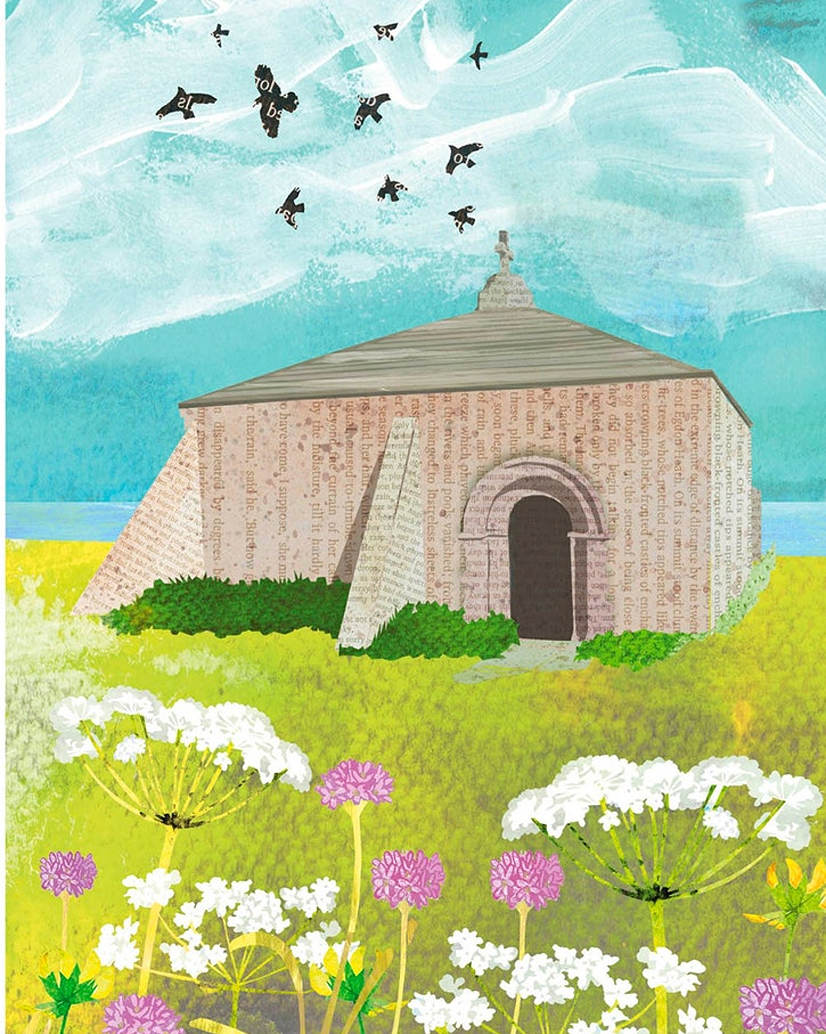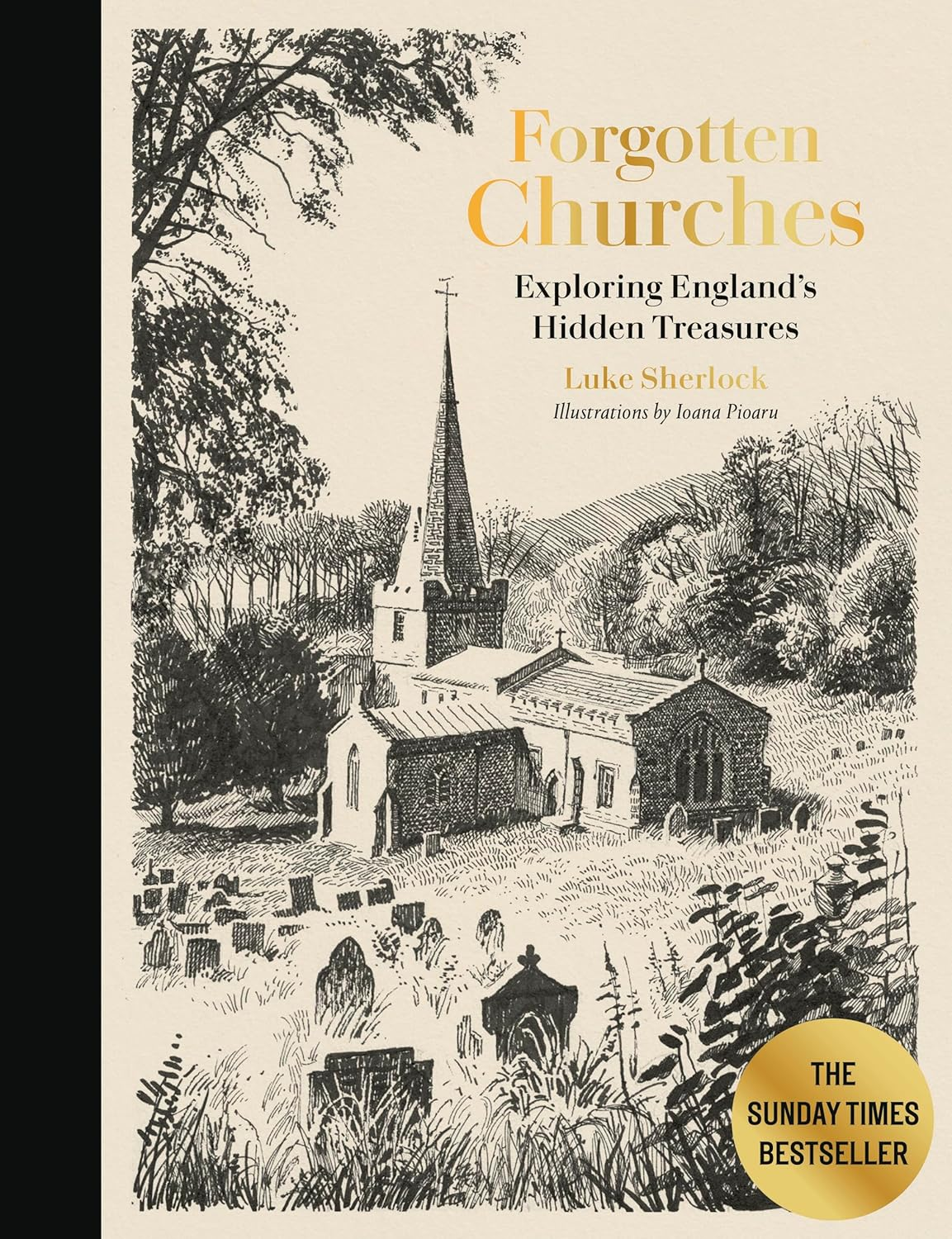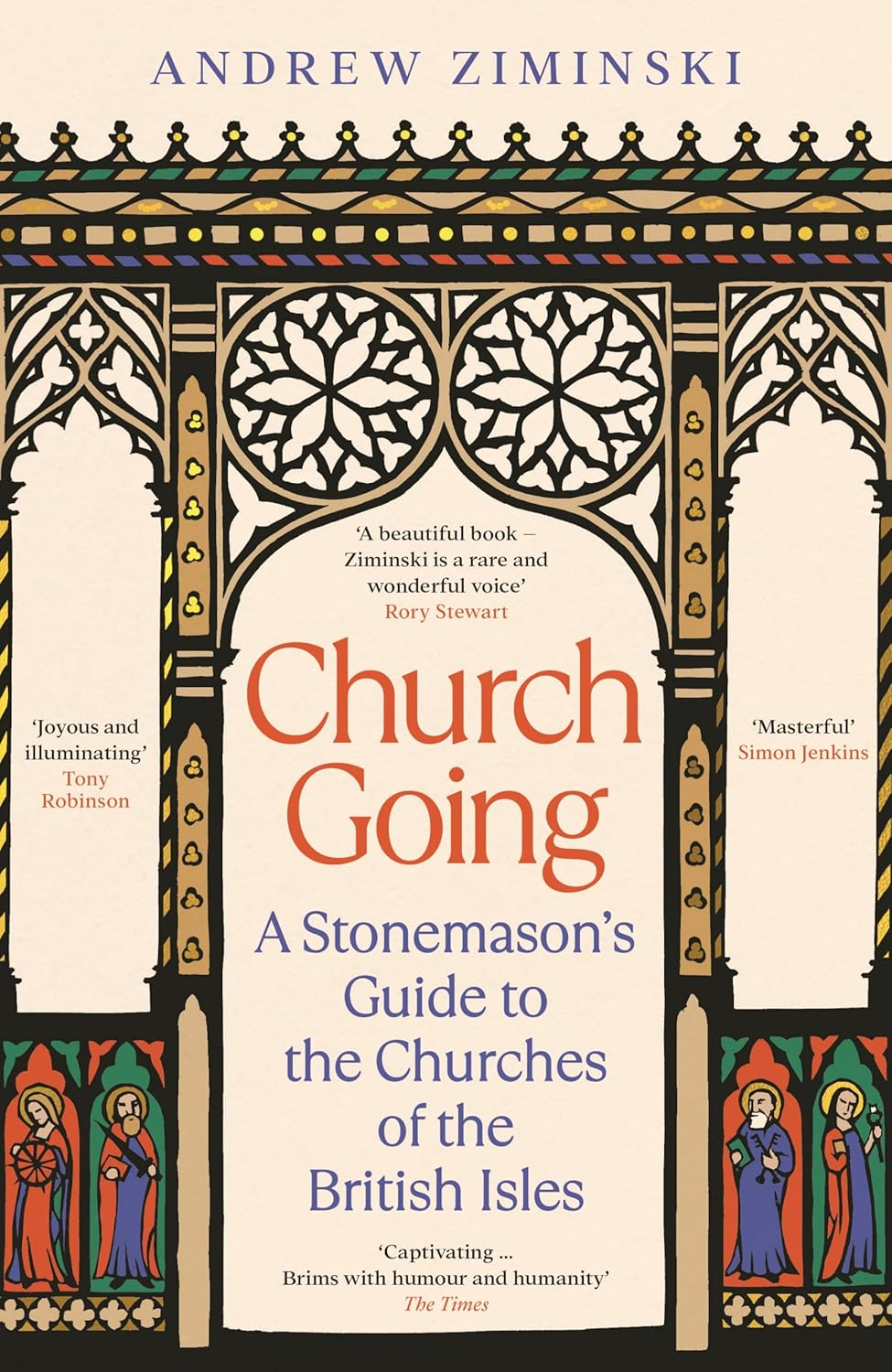Protecting England’s Churches from Development

England’s churches stand at the centre of many towns and cities, visible reminders of our shared past. With their soaring towers and beautiful windows, many churches are both spiritual homes and pieces of living history.
Development pressures, though, put some of our finest buildings at risk. From threats of conversion to flats and offices, to rising traffic and noise, these sacred spaces face new challenges in a rapidly changing country.
Town Planning Laws and Their Impact
Planning laws are the first line of defence against insensitive building projects near historic churches. Local councils decide on new building work and changes of use, considering if the plans harm the character of an area.
In England, churches often benefit from tighter planning rules linked to their heritage importance. Even so, developers sometimes push for exceptions. Strong planning rules help protect both the sightlines and peace around these precious sites.
The Power of Local Campaigns
Communities can be strong defenders of their churches. Residents join local campaigns when they see plans for nearby developments that might harm their church. These groups can raise awareness, collect signatures, and lobby councillors to rethink plans for new flats, offices or roads that would spoil the setting.
Local newspapers and social media sites help get more people involved. Persistent, well-organised campaigns have stopped many unwelcome projects in their tracks.
The Role of Churches in History
Churches are more than just buildings. They hold the stories of their parish, reflect changes in society, and often keep important archives and monuments. From medieval times through the centuries, they’ve hosted everything from market days to concerts.
The engraved stones and stained glass tell vivid stories about local families and major events. Losing a church to new development would mean losing links to these fascinating layers of history.
Cathedrals as National Icons
Cathedrals like Canterbury, Salisbury, York Minster, and St Paul’s (London) show the very best of our architecture and craftsmanship. These buildings are known all across the country, drawing in millions of visitors every year.
Their sheer size and beauty demand respect. Cathedrals also act as visual anchors for towns and cities. Any development that spoils their settings or blocks their views would not only ruin the skyline but also affect tourism and local pride.
Threats from Commercial Developments
Converting old churches into luxury flats or glossy office blocks is tempting for developers due to their central locations and striking features. These changes can gut the interiors, rip out pews and altars, and erase centuries of history. Increased noise from new residents, heavy traffic, and commercial uses can also disrupt quiet church yards and peaceful services.
Without firm rules and public support, some churches risk being lost to high-end housing and business schemes.
Listed Building Status: A Shield for Heritage
Many churches are protected by listed status, which means they’re recognised by law as important historic buildings. This status limits what changes can be made and ensures that major work needs proper permission.
Listed status covers key features like towers, windows and even walls surrounding the churchyard. Local planning officers and Historic England inspect proposed developments to check they won’t harm the character or setting of these buildings.
Conservation Areas Offer Wider Protection

Some churches sit within conservation areas, where special rules limit new development and big changes. Conservation area status not only helps churches but also protects trees, old walls, and the surrounding neighbourhood look.
Development in a conservation area faces tough checks compared to other parts of town. This extra layer of protection means churches aren’t singled out but safeguarded as part of a wider historic scene.
Community Action and the Future
Churches that stay active and open to all tend to have a better future. When a church doubles as a venue, food bank or youth club, it gets support from more people. Volunteers and church friends often keep graveyards tidy and buildings in good repair.
Flexible use helps a church stay at the heart of community life, which makes it much less likely to fall into disrepair and risk redevelopment. Well-loved churches attract both funding and campaigners ready to fight for their future.
How are Churches Funded Abroad?
The days of asking people to put a tenner in the pot is soon to be over. Many people these days don’t use cash (either because it’s a hassle or due to boycotts as they are made with animal fat). And people increasingly see churches with a lot of wealth asking people on the breadline for money, not popular with all the abuse scandals.
Almost cashless Sweden is different in that people pay an optional church tax. This means that if the church does not use the money wisely, payments can be taken away.
It seems to work, and restores trust in givers too. The same happens in Germany where church tax is usually automatically collected, and then you have the option to opt out.
Around Britain (by Church)

Steeple Chasing is a book by an award-winning writer who decides to tell the story of Britain, by visiting church steeples that remain landmarks in our towns, villages and cities. Even if their influence and authority have waned, they contain art and architectural wonders – a gallery scattered (like jewels) across these isles.
Join Peter as he visits the unassuming Norfolk church with a disturbing secret and London’s mighty cathedrals with their histories of fire and love. Meet cats and bats, monks and druids, angels of oak and steel.
The book celebrates churches for their beauty and meaning, but also for the tales they tell. It is about people as much as place, flesh and bone (not just flint and stone). From the painted hells of Surrey to the holy wells of Wales, consider this a travel book … with bells on.
Exploring England’s Forgotten Churches

Forgotten Churches is a unique look at England’s most beautiful and overlooked churches, hidden treasures that need to be protected.
For centuries, England’s churches have stood as quiet witnesses to history, filled with remarkable craftmanship, untold stories and layers of cultural heritage.
Yet many of these extraordinary buildings remain overlooked – until now.
Luke Sherlock (the ‘English pilgrim’) has spent years travelling across England to uncover hidden architectural gems and sharing their beauty with thousands of people online.
Now in book form, he invites you on a journey through 70 of our most atmospheric churches, from 1000-year old Saxon chapels and striking Gothic landmarks, to hidden Romanesque sanctuaries and ornate Victorian treasures.
From the remote landscapes of Northumberland and Cornwall to the Norfolk fens, Yorkshire Dales and Somerset hills, he reveals their stories – of of local communities, master builders, and the shifting tides of history.
Whether you love history, architecture, or simply the charm of England’s rural landscapes, this book will appeal.
Luke Sherlock is a writer, pilgrim and bookshop owner, with a love for heritage and art. There’s little he loves more than throwing on a backpack, heading off down an unknown footpath to explore a hushed, ancient church.
The drawings are by Romanian-British artist Ioana Pioaru.
A Stonemason’s Guide to British Churches

Church Going is an illuminating exploration of our glorious ancient churches. Discover the history of your local parish church, for a glimpse into craftsmanship of old.
The author look at beehives in church walls to bullet-holes in weathervanes, in this glorious bedtime read for religious and architectural peeps.
Churches are not just place of worship, but also vibrant community hubs, and oases of calm reflection. To know a church, is to hold a key to the past, which unlocks an understanding of our shared history.
Andrew Ziminski has spent decades as a stonemason and church conservator, often acting as an informal guide to curious visitors. This is his handbook, which reveals their fascinating histories, features and furnishings. Beautifully written and richly illustrated, it’s a celebration of British architectural history.






